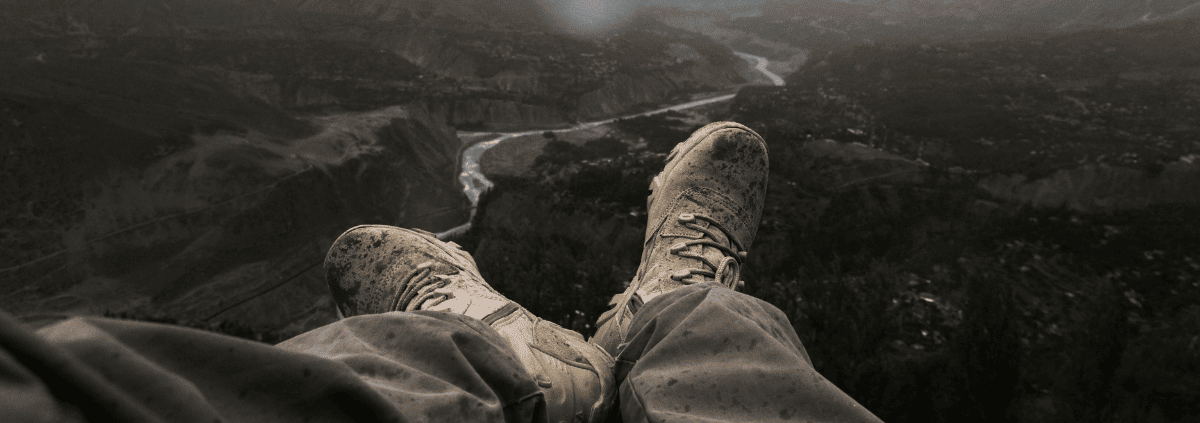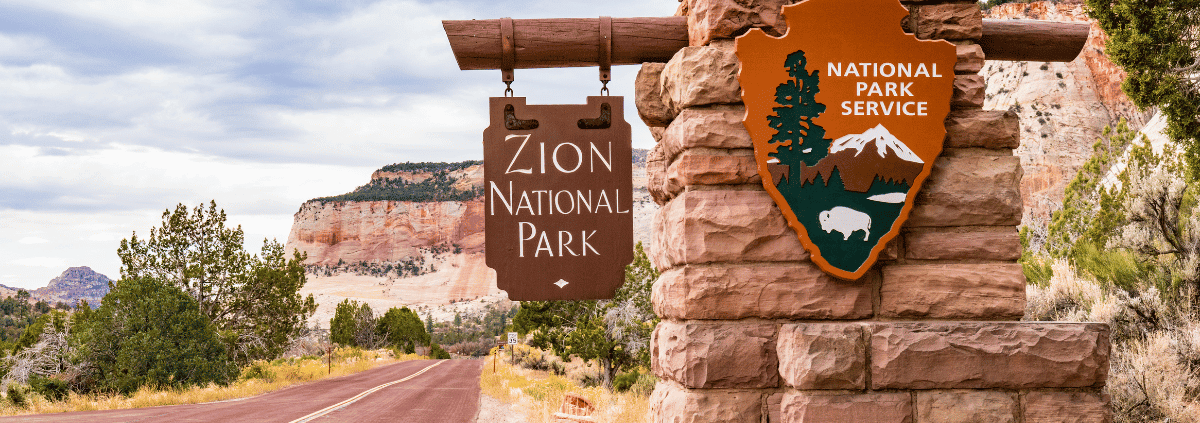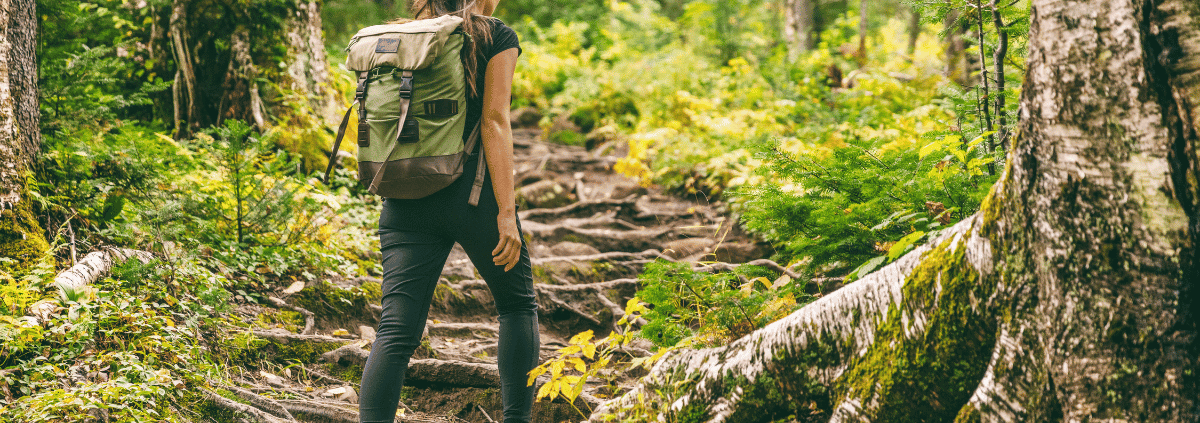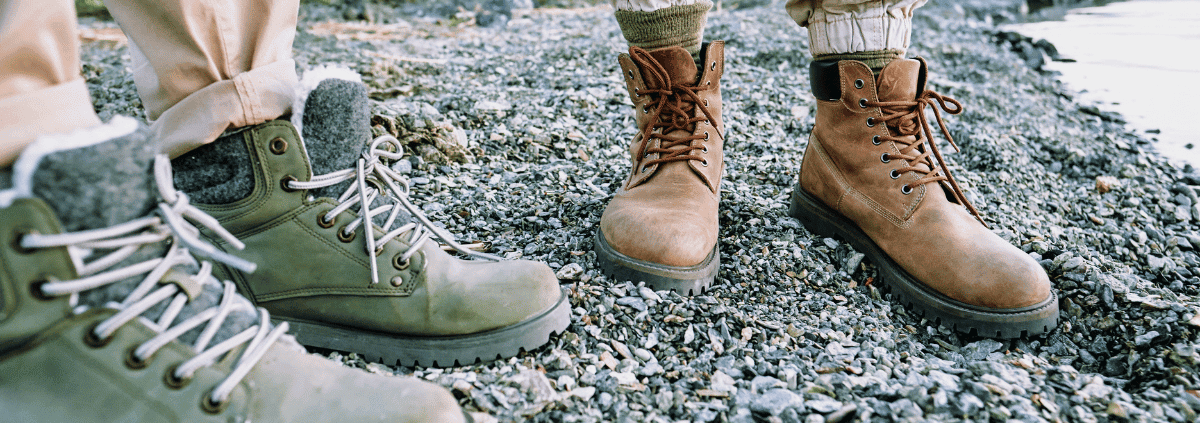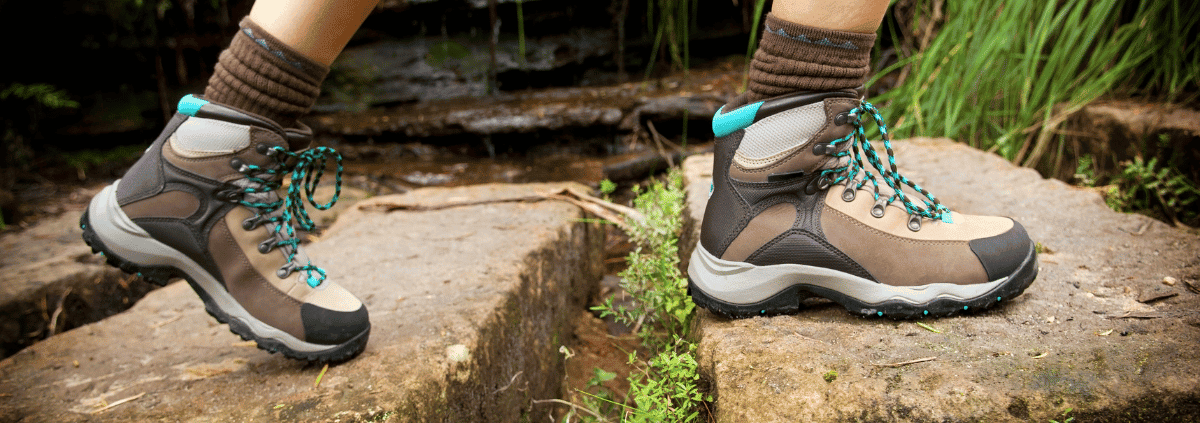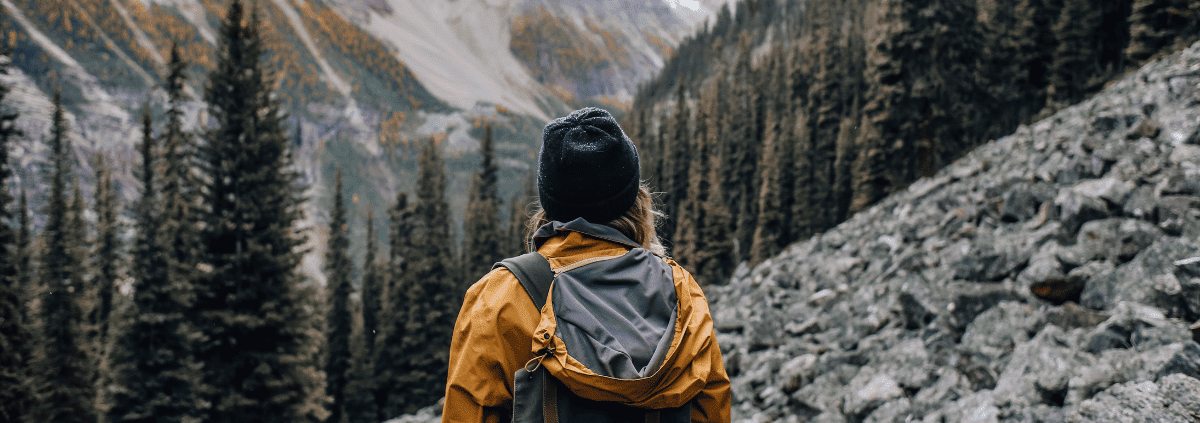Planning a day hike? You’re not alone – over 47 million Americans hit the trails every year.
When gearing up for your adventure, it’s essential to pack wisely. Discover the 15 top essentials to bring on your day hike for a safe and enjoyable experience. From staying hydrated and well-nourished to navigating with confidence and being prepared for any situation, we’ve got you covered.
Learn about the importance of sun protection, emergency shelter, and carrying identification. We’ll also delve into the significance of waste management and sanitation in the great outdoors.
So, grab your backpack, lace up your boots, and get ready to conquer the trails with confidence and freedom.
Key Takeaways
- Water is crucial for a day hike, so pack more than you think you’ll need and consider using a water bladder.
- Choose nutritionally dense snacks and meals, such as energy bars, and bring extra food for longer hikes.
- Navigation is important, so pack a paper map, find and print maps of popular locations, and download trail maps for offline use on your phone.
- Don’t forget to bring a small first aid kit, extra clothes for changing weather, sun protection, a headlamp, emergency shelter, a small knife, fire starters, identification, bug spray, a trash bag, and toilet paper.
Hydration
How much water should you bring for a day hike?
Staying hydrated on the trail is crucial. You should aim for at least 0.5 liters of water per hour of hiking. It’s better to pack more water than you think you’ll need, especially if the weather is hot or if the hike is strenuous.
Consider using a water bladder, which offers benefits such as hands-free hydration and a higher capacity, typically up to 3 liters. This allows you to drink small amounts frequently without having to stop and dig through your pack.
With a water bladder, you’re more likely to stay consistently hydrated, which is essential for maintaining your energy and enjoying the hike to the fullest.
Nutrition
When planning for your day hike, you should ensure that you pack nutritionally dense snacks and meals to keep your energy levels up throughout the trek. Here are some essential items to consider for nutrition for energy and endurance:
- Trail mix with nuts and dried fruits
- Energy bars like Clif Bars or Lara Bars
- Peanut butter and jelly sandwiches for a quick and filling meal
- Fresh fruits like apples or oranges for a burst of natural energy
- Beef jerky or vegan jerky for a protein boost
These items are great for providing the sustained energy and endurance needed for a successful day hike. Remember to pack enough food to fuel your body and keep you going strong throughout the adventure.
Navigation
Pack a paper map for navigating your day hike, ensuring you have a reliable guide and reference for the trail. Finding the best hiking trails can be made easier by researching and printing maps of popular locations online or downloading trail maps for offline use on your cell phone.
Additionally, consider bringing a compass and familiarize yourself with tips for using it, as it can be a valuable tool for navigation. Understanding how to read a compass and using it in conjunction with your map can enhance your hiking experience and provide an added layer of safety.
First Aid
After ensuring you have the necessary tools for navigation, it’s essential to prioritize your safety by carrying a small first aid kit with necessary items. Here are some first aid kit contents and first aid for common hiking injuries:
- Adhesive bandages and gauze for cuts and scrapes
- Antiseptic wipes for cleaning wounds
- Pain relievers for headaches or muscle pain
- Blister treatment such as moleskin or blister pads
- Tweezers for removing splinters or ticks
These items can help address minor injuries and discomfort while on the trail, allowing you to continue enjoying your hike with confidence.
It’s important to familiarize yourself with basic first aid procedures for common hiking injuries to ensure you’re prepared for any situation.
Clothing
Ensure you pack extra clothing for changing weather conditions during your day hike. Layering options are essential for adapting to temperature changes, so consider packing a moisture-wicking base layer, a insulating mid-layer, and a waterproof outer layer. For footwear choices, select comfortable and sturdy hiking boots or trail shoes based on the terrain and weather conditions. Here’s a helpful clothing guide for your day hike:
| Clothing | Description |
|---|---|
| Base Layer | Moisture-wicking material |
| Mid-Layer | Insulating and breathable |
| Outer Layer | Waterproof and windproof |
| Footwear | Supportive and durable |
Proper layering and footwear will keep you comfortable and prepared for whatever weather comes your way.
Sun Protection
Don’t forget to protect yourself from the sun during your day hike by bringing sunscreen, lip balm with SPF, sunglasses, and a hat.
When choosing sunscreen, opt for broad-spectrum with SPF 30 or higher, and don’t forget to reapply every 2 hours.
Wearing a hat is crucial for shielding your face, neck, and ears from harmful UV rays.
Additionally, seek shade during breaks to minimize sun exposure.
Remember to engage in outdoor games and find opportunities to relax in the shade to avoid prolonged sun exposure.
Enjoy the freedom of the great outdoors while being mindful of sun protection to ensure a comfortable and safe day hike.
Illumination
An essential item to pack for your day hike is a headlamp to provide hands-free illumination for night hikes or unexpected low-light conditions. It’s lightweight and practical, allowing you to navigate the trail with ease while keeping your hands free for other tasks.
If you prefer an alternative to a headlamp, consider bringing a reliable flashlight or a lantern. These can also provide the necessary illumination for night hiking or emergency situations.
Whichever option you choose, make sure to pack extra batteries to avoid being left in the dark. Being prepared with the right illumination can make a significant difference when hiking in low-light conditions, ensuring your safety and enjoyment of the outdoors.
Shelter
Pack a small emergency shelter in your backpack to prepare for unexpected situations during your day hike. When choosing the right emergency shelter, consider the advantages of an emergency bivy versus an emergency blanket.
Here are some options to consider:
Emergency Bivy: Provides durable protection from the elements and retains body heat effectively.
Emergency Blanket: Lightweight and compact, reflects body heat and is versatile for various uses.
Emergency Shelter Tent: Offers more substantial protection and space for prolonged stays.
Tarp or Poncho: Multipurpose and can be used to create improvised shelters.
Having the right emergency shelter can make a significant difference in survival situations, ensuring you’re prepared for any unforeseen circumstances during your day hike.
Tools
Make sure to bring along a versatile multi-tool for various purposes during your day hike. Essential hiking tools include a multi-tool that combines various functions such as a knife, scissors, screwdriver, and more in a compact package.
When choosing the right multi-tool, consider the specific features you might need based on the terrain and activities planned for your hike. Look for a lightweight and durable option that fits your hand comfortably and can handle tasks like cutting, opening cans, or repairing gear.
A multi-tool can be a lifesaver in unexpected situations, making it an essential addition to your hiking gear. Choose a multi-tool that suits your individual needs and provides the versatility required for a safe and enjoyable hike.
Fire Starters
Be sure to carry fire starters for emergency situations during your day hike.
Here are some options to consider:
- Waterproof matches: These are reliable and easy to use even in wet conditions.
- Lighter: A good quality, refillable lighter is a convenient option.
- Fire starter cubes: These are compact and provide a strong flame for starting fires.
- Ferrocerium rod: Also known as a flint or fire steel, it produces a shower of sparks to ignite tinder.
- Magnesium fire starter: This tool scrapes off slivers of magnesium, which can be ignited to start a fire.
Remember to always follow fire safety tips, such as clearing the area around your fire, having a water source nearby, and fully extinguishing the fire before leaving.
Identification
When heading out for a day hike, ensure you carry identification at all times. In case of an emergency or if you get separated from your group, having identification can be crucial. Here’s a handy guide to help you ensure you have everything you need for a safe and enjoyable hike:
| Identification | Fun Activities |
|---|---|
| Carry ID card or driver’s license | Enjoy geocaching |
| Emergency contact information | Bring a camera for memorable photos |
| Health insurance card | Pack a deck of cards for downtime |
| Copy of hiking permit or pass | Bring a nature guide for identifying flora and fauna |
| Name and contact details inside backpack | Plan a scavenger hunt along the trail |
Insect Repellent
Don’t forget to protect yourself from pesky bugs by applying insect repellent before hitting the trail.
When it comes to preventing bug bites on a day hike, here are some top tips for you:
Benefits of using natural insect repellents:
Look for repellents containing natural ingredients like citronella, eucalyptus, or lemon eucalyptus for effective protection.
Natural repellents are safer for your skin and the environment.
Top tips for preventing bug bites on a day hike:
Wear light-colored clothing to make it easier to spot any insects.
Tuck your pants into your socks and wear long sleeves to minimize exposed skin.
Avoid using scented lotions or perfumes that can attract insects.
Stay on the trail and avoid dense vegetation where bugs may be more prevalent.
Waste Management
Carry a small trash bag to efficiently manage and carry out your garbage during the hike. Responsible waste disposal is crucial for preserving the natural beauty of hiking trails and adhering to the principles of Leave No Trace.
Always pack out all trash, including food wrappers, tissues, and any other waste generated during the hike. Avoid leaving anything behind, as it can harm the environment and wildlife. Additionally, consider packing a sealable plastic bag for any used toilet paper or hygiene products.
Leaving the trail as you found it ensures that future hikers can also enjoy the unspoiled wilderness. By being mindful of waste management, you contribute to the conservation of nature’s pristine landscapes.
Sanitation
How do you ensure proper sanitation during a day hike, especially when nature calls? Proper hygiene on the trail is essential for leaving no trace and preserving the environment.
Here are some items to help you manage waste and maintain sanitation:
Biodegradable toilet paper: Bring along biodegradable toilet paper to minimize environmental impact.
Trowel: Use a lightweight trowel to dig a cathole for disposing of human waste, following Leave No Trace principles.
Hand sanitizer: Pack hand sanitizer to keep your hands clean after handling waste or before eating.
Waste bags: Carry waste bags to pack out used toilet paper and other waste, leaving the trail clean.
Personal hygiene kit: Include items like wet wipes, menstrual products, and personal care items for maintaining cleanliness.
Maintaining proper sanitation on the trail not only ensures a pleasant experience for you but also helps protect the natural environment.
Additional Considerations
When planning for your day hike, considering the weight and size of your gear is essential for ensuring comfort and mobility on the trail. In addition to the essentials, there are a few more things to consider. If you’re hiking with children, make sure to pack extra snacks, diapers if needed, and some entertainment like small toys or games to keep them engaged. If you plan to hike dog-friendly trails, don’t forget to bring a collapsible bowl, extra water for your furry friend, and some dog treats. It’s also a good idea to check the trail regulations to ensure dogs are allowed. Here’s a quick reference table for additional considerations:
| Packing for Children | Packing for Dogs |
|---|---|
| Extra snacks | Collapsible bowl |
| Diapers/extra clothes | Extra water |
| Entertainment | Dog treats |
Frequently Asked Questions
How Should I Adjust My Packing List for a Day Hike if I Plan to Bring My Dog Along?
When bringing your dog on a day hike, consider dog-friendly gear and pet hydration. Pack canine first aid essentials and follow leash etiquette. Keep in mind your furry friend’s comfort and safety on the trail.
What Are Some Tips for Packing a Backpack for a Day Hike in Warm Weather?
When packing for a day hike in warm weather, focus on packing efficiency. Opt for a water bladder for easy hydration. Keep your backpack light and essentials-only, ensuring you have proper hydration options for the journey.
Are There Any Specific Recommendations for Packing a Backpack for a Day Hike in Cold Weather?
When packing for a day hike in cold weather, layering strategies are key. Start with a moisture-wicking base layer, add insulation, and finish with a waterproof outer layer. Use proper packing techniques to ensure easy access to layers as needed.
Should I Bring a Whistle or Signaling Device for Emergencies on a Day Hike?
You absolutely need a whistle or signaling device for emergencies on a day hike. They can be a lifesaver if you get lost or injured. Safety precautions like this can make a critical difference.
What Are Some Considerations for Packing for a Day Hike With Children?
When packing for a day hike with kids, prioritize safety precautions and child-friendly snacks. Consider age-appropriate gear to keep them entertained. Make sure to pack essentials like water, first aid, and extra clothes for changing weather.
Conclusion
As you pack your bag for your day hike, remember that each item serves as a symbol of preparedness and empowerment.
From the water that sustains you to the map that guides you, these essentials represent your ability to conquer the trails with confidence.
So, as you lace up your boots and head out into the wilderness, carry these symbols with pride and embrace the adventure that awaits.



